Hello, my friends! Today we’re going to talk about foraging for cattails. I would be surprised if you didn’t know what cattails looked like. I think that it was one of the first wild growing plants that I could identify when I was a kid, along with dandelions and clover. Besides being easy to identify, cattails are also known as a major wild food source and an overall useful plant. Every part can be used in some helpful way, which is really awesome.
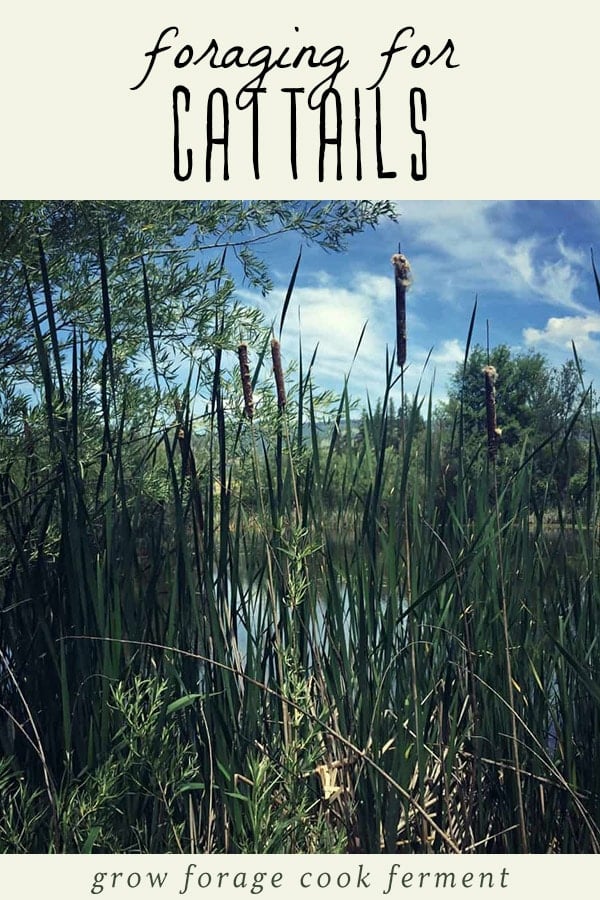
Want to save this post for later?
Foraging for Cattails
While many parts of the plant can be useful year round, the wonderfully tender shoots are perfect for eating in mid to late spring. We started our search by going to cattail patches that we had seen growing on the side of the road.
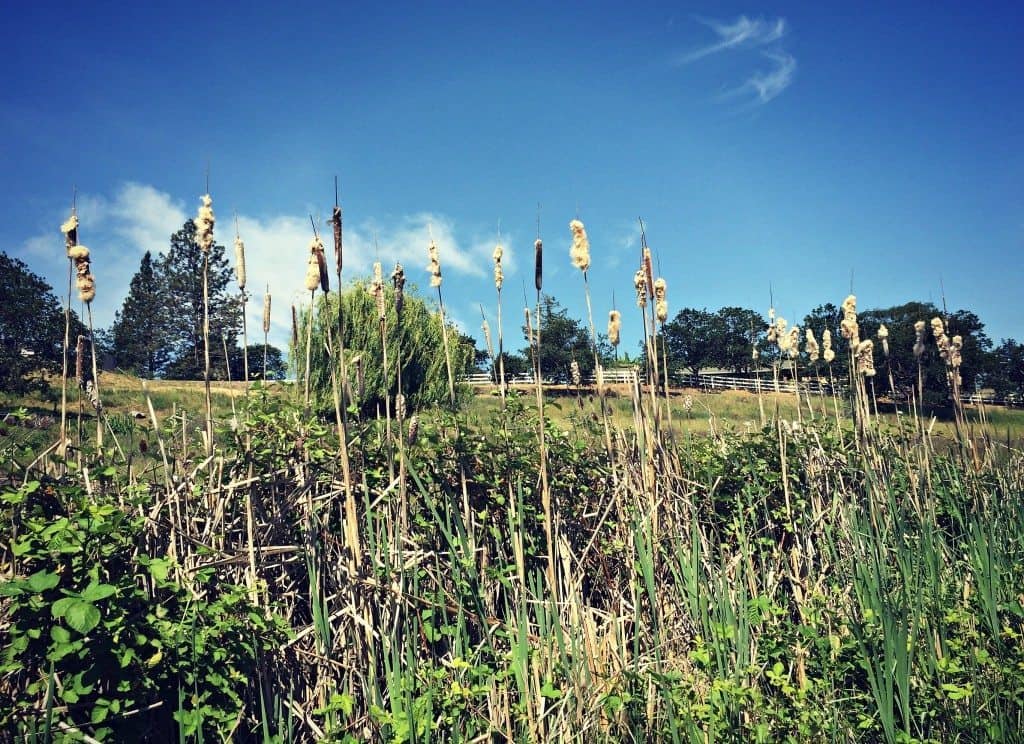
(Edit: It has been brought to my attention that cattails are a bioaccumulator, which means that they absorb toxic chemicals. So even though you don’t really need to worry about pesticides because you are only eating the inner portion of the cattail, you still don’t want to harvest them where they may have been sprayed or along a roadside where they could have taken up nasty stuff. Try to find them in a more natural, less human disturbed area, like the pond I show below).
This is what a young cattail looks like. Notice how is oval at the base, where an iris is flat at the base. To collect the shoots, grab the inner part of the plant down low and pull. It should come up fairly easily.
Cattail shoots are one foraging item that I tend to have at it with. You really don’t need to worry about collecting too much. They are extremely prolific, not only by seed, but they also spread by rhizomes (which are edible year round, but are much more difficult to collect). Plus, it’s not as if cattail shoots are highly prized or often foraged in this day and age, although they should be in my opinion!
We also knew of a large pond near town that was full of cattails, so that’s where we headed to next to see what we could find.
These were a little harder to collect as they pretty much were all in the water.
That’s ok, we just had to lean in a little to grasp them. The worst part was the mosquitos, though! Once you have all the shoots that you want to collect, it’s time to bring them home to finish processing.
How to Use Foraged Cattails
Now you need to separate the outer husk from the shoot. It’s pretty easy as it peels right off like an onion.
Peel off the layers until you get to the center core. Then cut the white tender part off from the rest of the stalk.
The bottom part is what you want to save for eating. You can even eat them raw, it tastes like cucumber! The outer leaves that you peeled off and the green tops of the shoots can be used for basket weaving and the like. These inner cores are the best for eating, though! Fermented Cattail Shoots are such a treat!
You will notice when you’re picking the shoots and peeling off the layers that there is a gelatinous substance. This is also edible and can be used for thickening soups, as well as being an analgesic and antiseptic medicinal.
The seed pod itself is also useful as it contains a large amount of fluffy material that can be used as stuffing for toys or pillows.
In a few more weeks the young seed pods of the new plants will form, and they are also edible. I’ve heard that you can eat them like corn on the cob! The young green “flowers” can also be used in recipes, like this cattail flower bread.
Soon thereafter a yellow pollen will coat the pods that is also edible and rivals the medicinal qualities of bee pollen. Just put the head into a brown paper bag and shake it to collect the pollen, which can be added to things like breads, pancakes, and even pasta!
Without a doubt the cattail is one of the most useful plants there is. From its edible shoots and rhizomes, medicinal gel and pollen, leaves for baskets and mats, to fluffy seeds for stuffing, this really is a wonder plant! I hope you’ll think differently of it next time you see a patch of them, and maybe you’ll even decide to pull one up.
Now I had to decide what I was going to do with all of my shoots. I tasted a few raw and they were delicious, I cooked a few in butter which was also amazing, but what I really wanted to do was ferment them! After tasting that strong cucumber flavor I knew they would be great as lacto fermented cattail shoots, so that’s exactly what I did!
Now go start foraging for cattails!
Other Edibles to Forage

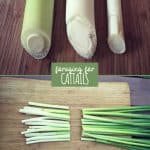
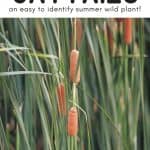
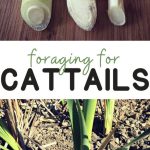
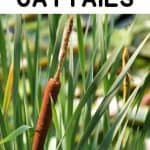

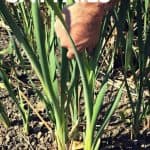
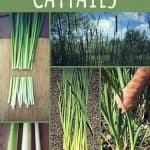
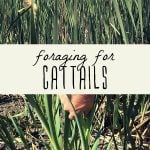
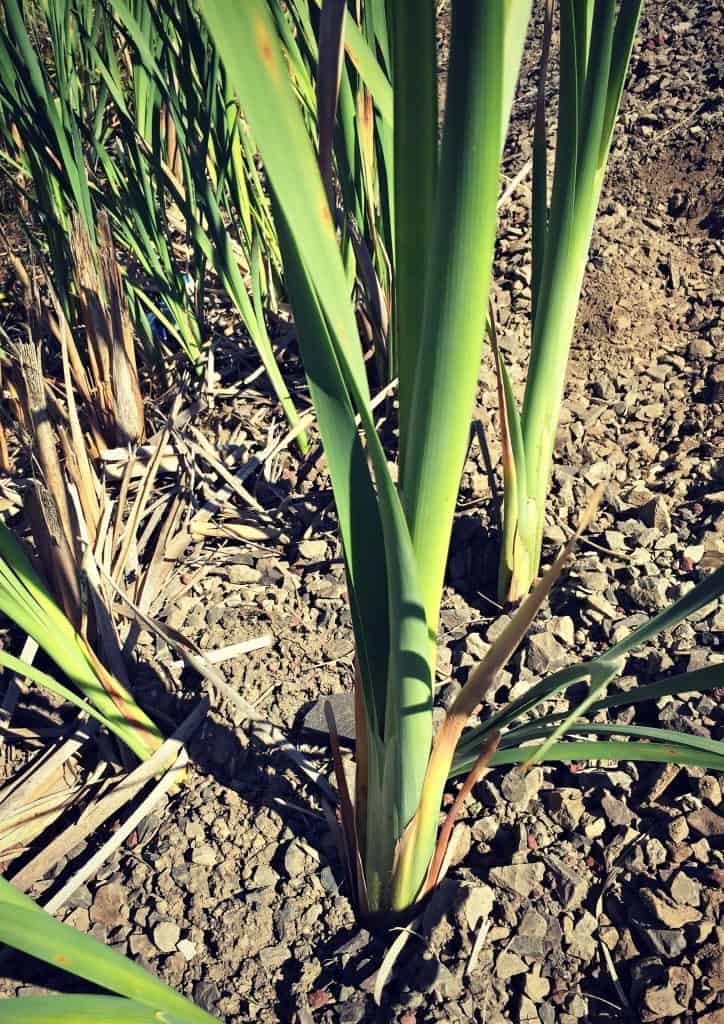
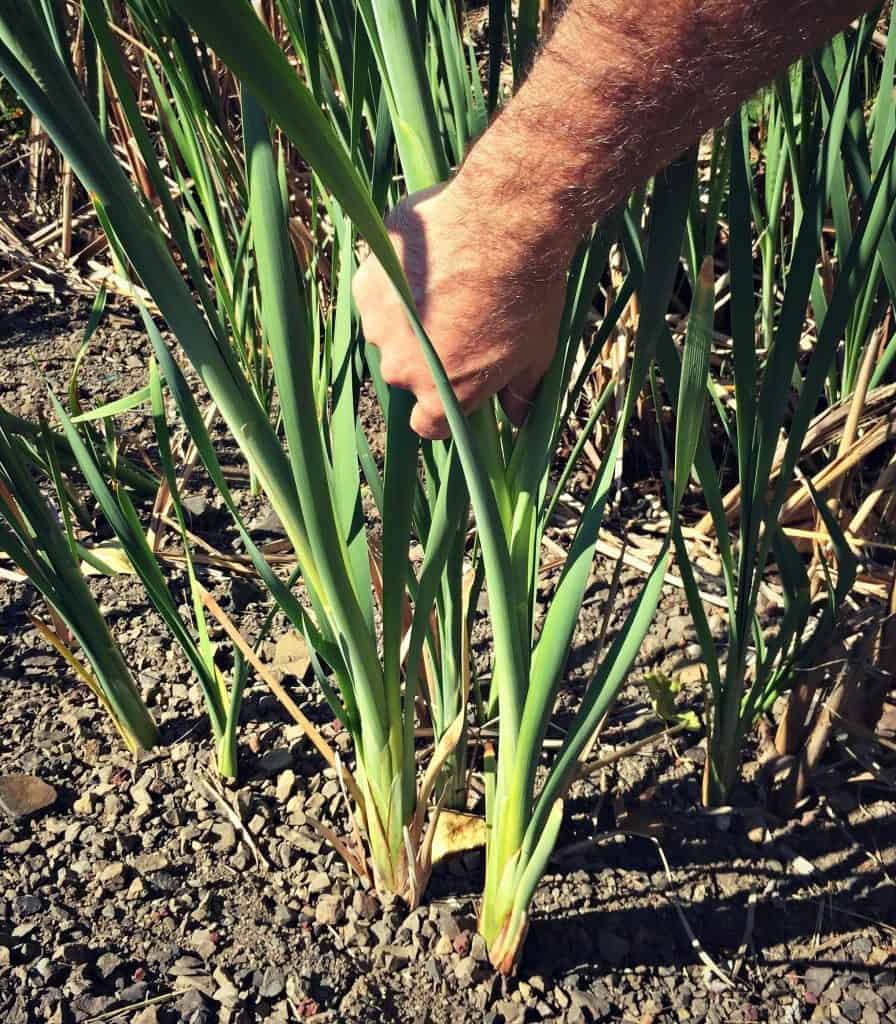
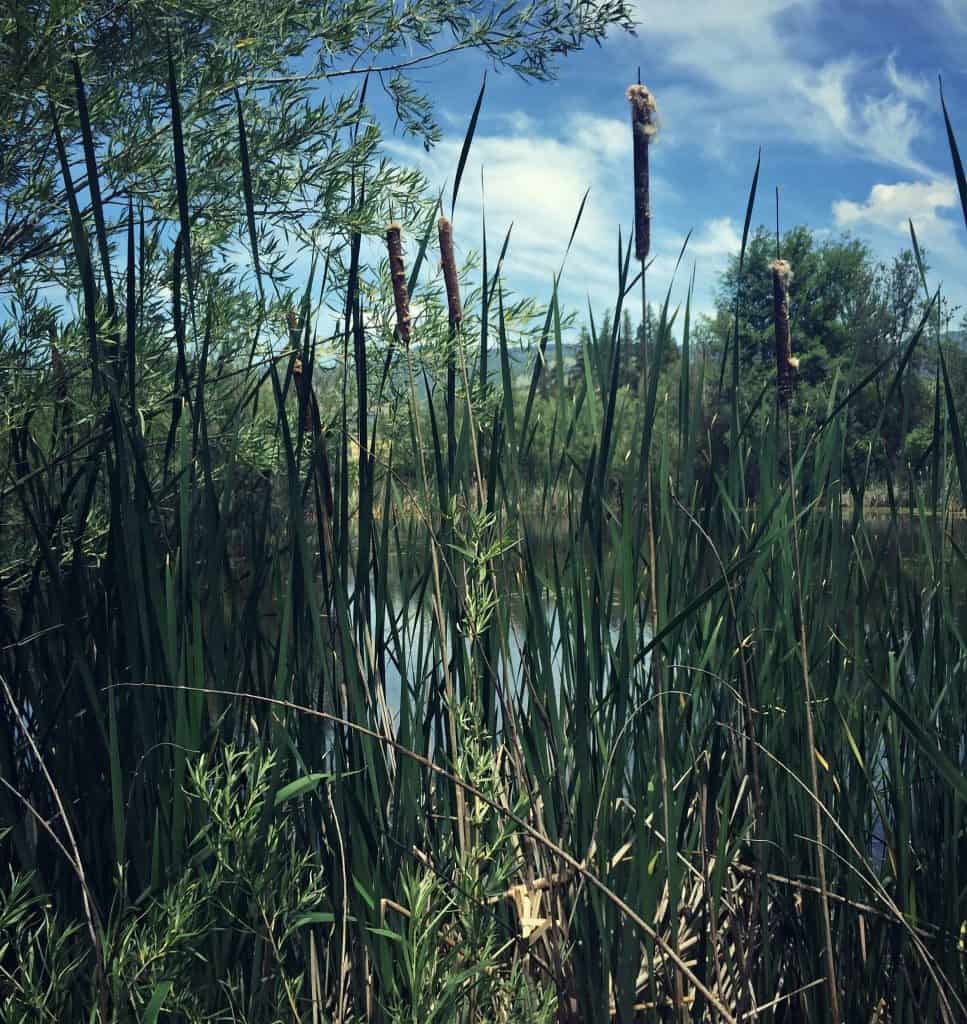
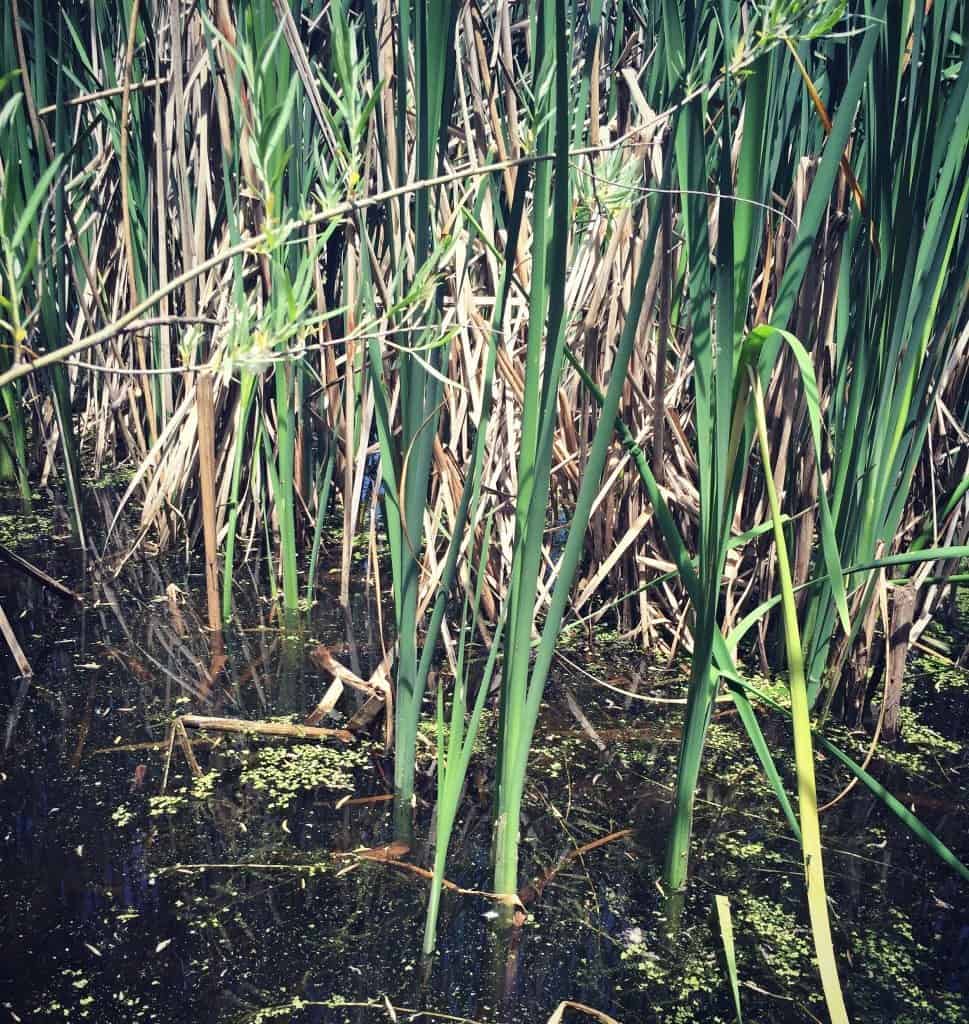
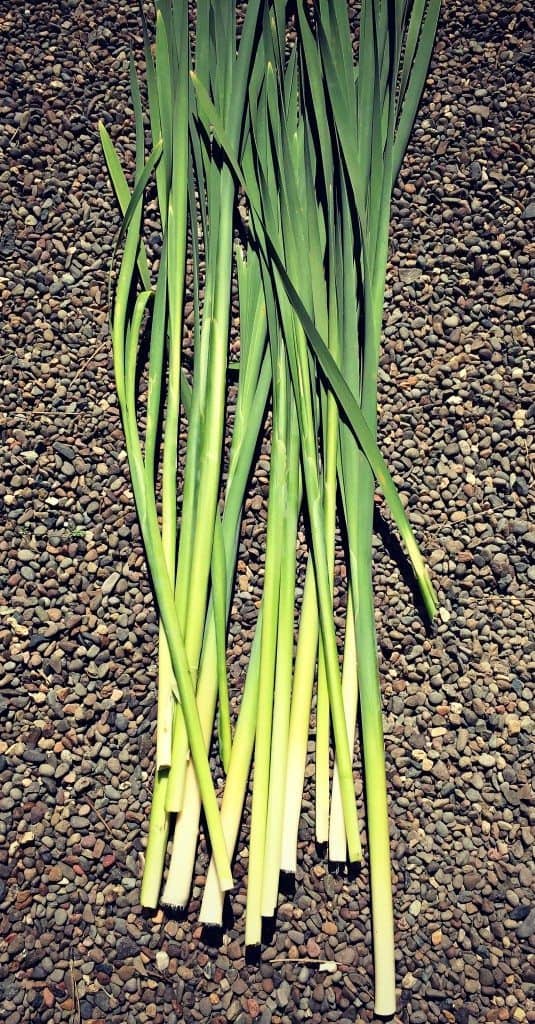
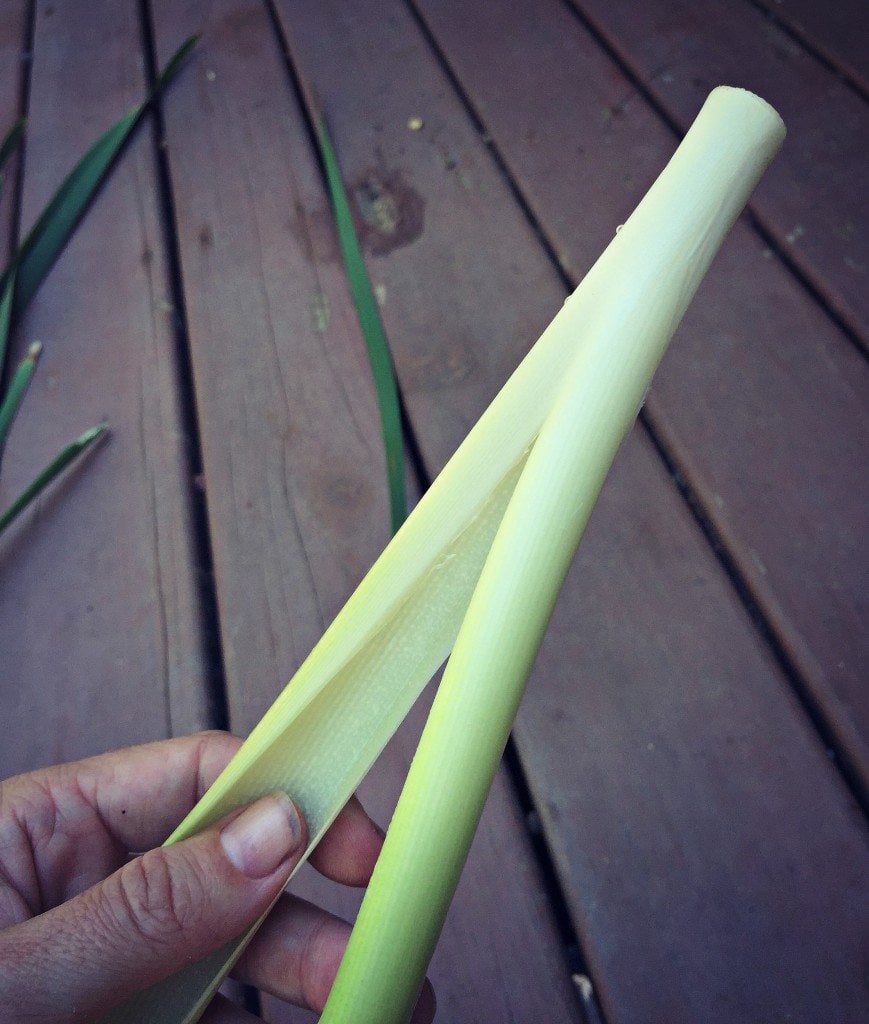
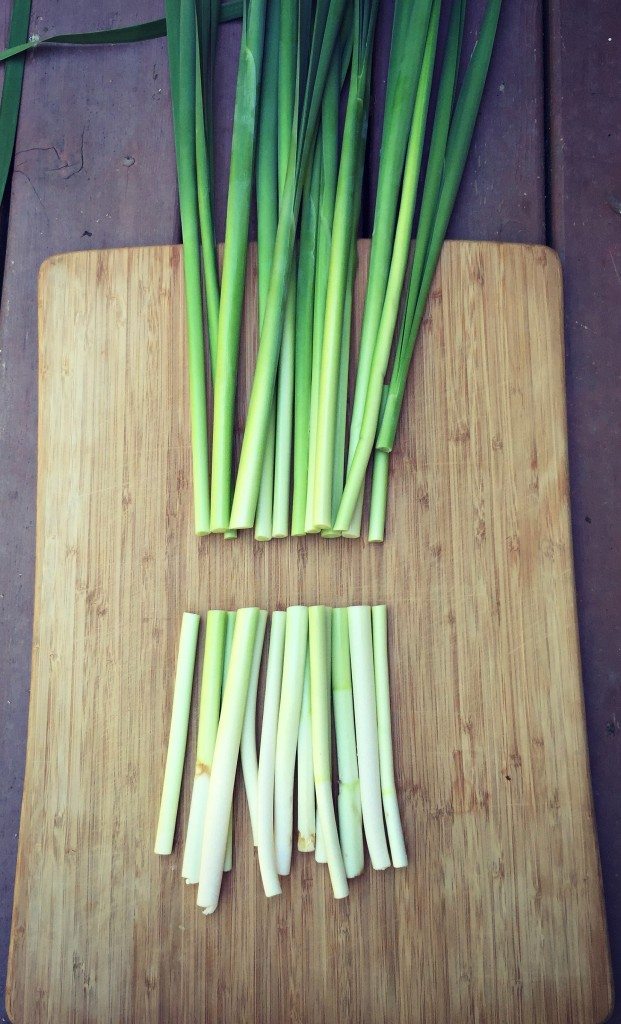
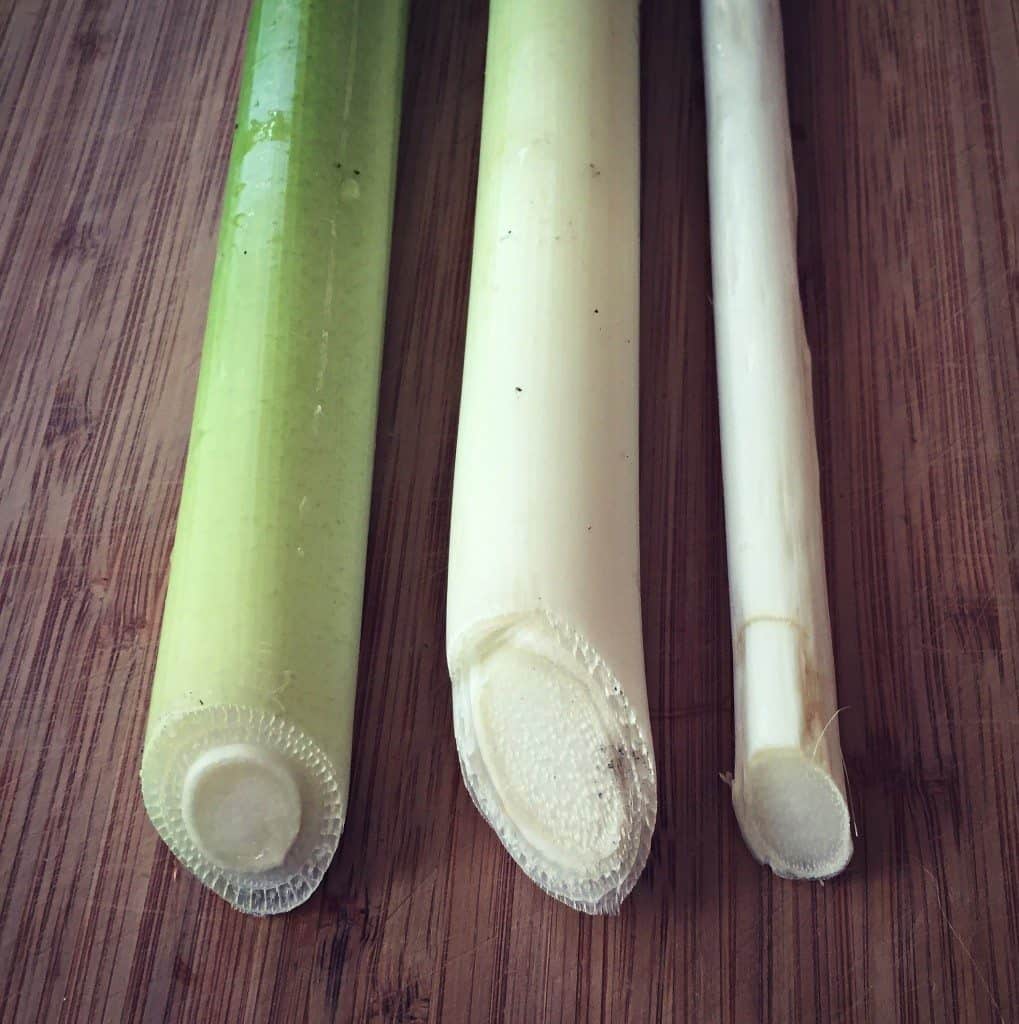
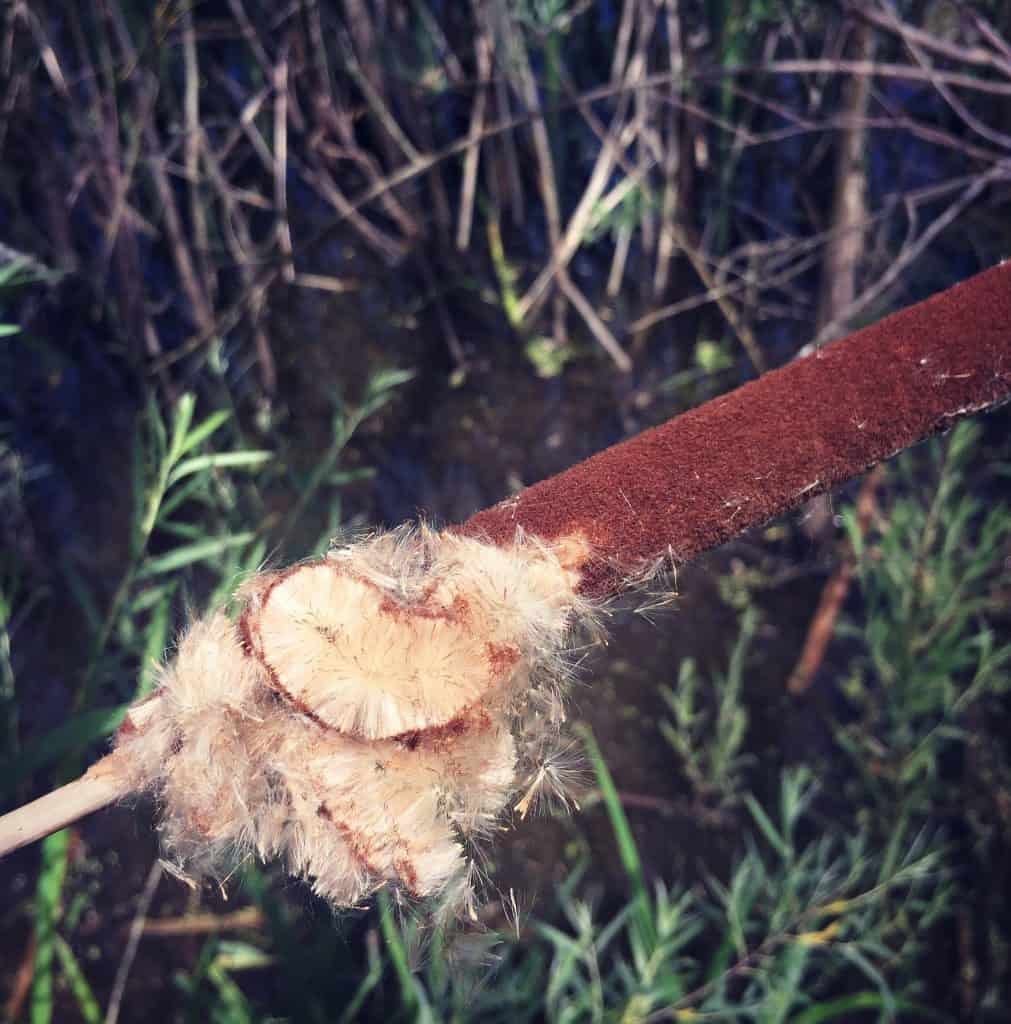
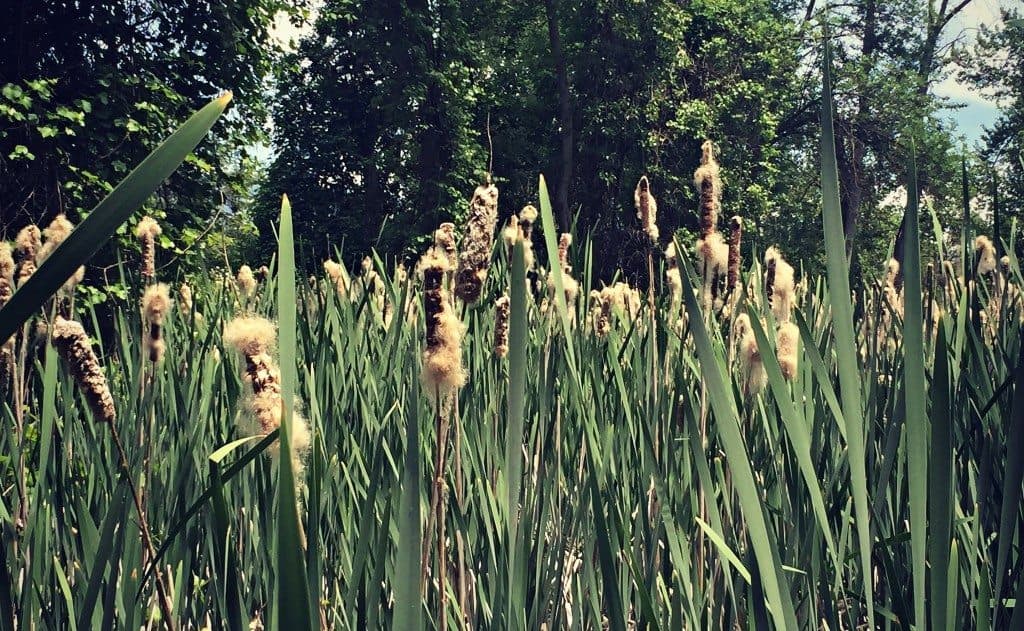

Do have a section on how to make the cattail gel into a analgesic ? I would like to try on my back.
I don’t, sorry!
Cattails are aweseome. when I was little I would play in the woods and along the ponds you could find them. I would eat them, crabapples, wild blackberries, garlic and onion out of the woods. But cattails are illegal to pick where I live in FL, now. I believe that is so in GA, which is my home. I have family in OH and believe it is illegal there as well. So if you have a private pond maybe but just picking them may not be in your best interest.
I would defently be interested in having some of your spares. I wanted some but I couldn’t get down in the ditch where the roots were so my brother in law cut the pods off and suggested planting the seeds. Will this work and how would you suggest planting them. Just putting then straight in the pond, starting them in small pots and transplanting? I’ll look forward to your suggestions. Thanks Becky
I love all of the useful information you share but this was a shocker to me! I actually just bought a house with a nice pond and my kids love to play with the cattails. Thanks so much for sharing!
The other plant to watch out for is Bulrush or wild rice. The leaves are very similar to cattail but they are sharp and can cut you to the bone. It has a grass seed head and the leaf is v-shaped and not round like cattail leaves. I live in Texas and may only be in the south but it grows in the same environment and even close together. They are the same family.
I’ve been reading about foraging for cattails for months now and just waiting for this season, but now, having read that they taste like cucumber, I’m sad! I hate cucumbers. :( Do the rhizomes, pollen and female/male parts also have that flavor?
I believe that it’s only the shoots that taste similar to cucumber… but it’s not exactly the same flavor, so you should give it a try!
I remember this from my childhood. Of course back then there was nowhere near the pollution we have now. We used to forage for so many things back then. I’m just now realizing how much we are missing in our lives.
I used the seeds to make a sleeping bag for my husband for Christmas one year. It was a lot of collecting but was worth it.
I read once the fluff is as fireproof as asbestosis and old time pioneers used it to caulk their fireplaces.
The fluff is not fireproof. I use it as tinder wh an starting fires with flint and steel.
Great info. ! Thank you !! I’m headed outback, down to the pond first thing in the mornin’ !!! This is gonna be great ! thanks again!!
I have read that some people have an allergic reaction to the fluff, even when it is stuffed inside a cover. Maybe someone with more knowledge can say whether washing, aging, or a double layered cover would prevent this…?
Hi, very nice pics. I like the progression from plant to product. I would caution you however not to suggest roadside ditches as a foraging site. Quite often ditches are targets for insecticide programs for mosquito and gnat control. Also there are many other pollutants in ditches from auto traffic. The plants may therefore be tainted with pollutants. Find your food sources 100 yards or more from roads.
She made that perfectly clear in her article if you had taken the time to read it.
PLEASE do not eat or use any plants found alongside the road as they could contain harmful pesticides! Find a better source, such as lake or streams located off the road. The county sprays roadsides even in the most rural areas.
This is true for most plants, you definitely want to consider your source before eating any wild collected food. I wasn’t too worried about these cattails, though, since you have to pull off so many outer layers before getting to the inner edible core.
Lovely post. However, this plant filters significant amounts of toxins and should never be gathered from a ditch. Its called a bioaccumulator and one of the functions it plays is filtration of water. Pulling off the outside leaves will not help.
Thank you, I have edited my post to reflect that information.
I saw your pin on Pinterest and had to read. We have a pond on our farm practically overtaken by cattails. My husband doesn’t want them…any suggestions on getting rid of them? Perhaps someone else would want to use them?
My honest suggestion is to not get rid of them as they are a very important species for the environment. Plus, they will be extremely difficult to completely get rid of. In the drier part of the year you could try to somewhat control them by pulling them up like I show here and eating them, but they will still spread by underground rhizomes (which are also edible, but difficult to harvest). I say just leave ’em.
Harvest and sell the product
Sharon huckins you can make flour from the roots in the fall
If you have a grinding mill like they use for coffee beans
That is amazing info Colleen. I had no idea!
I always love your foraging posts. This one is especially informative. Please keep up the good work!